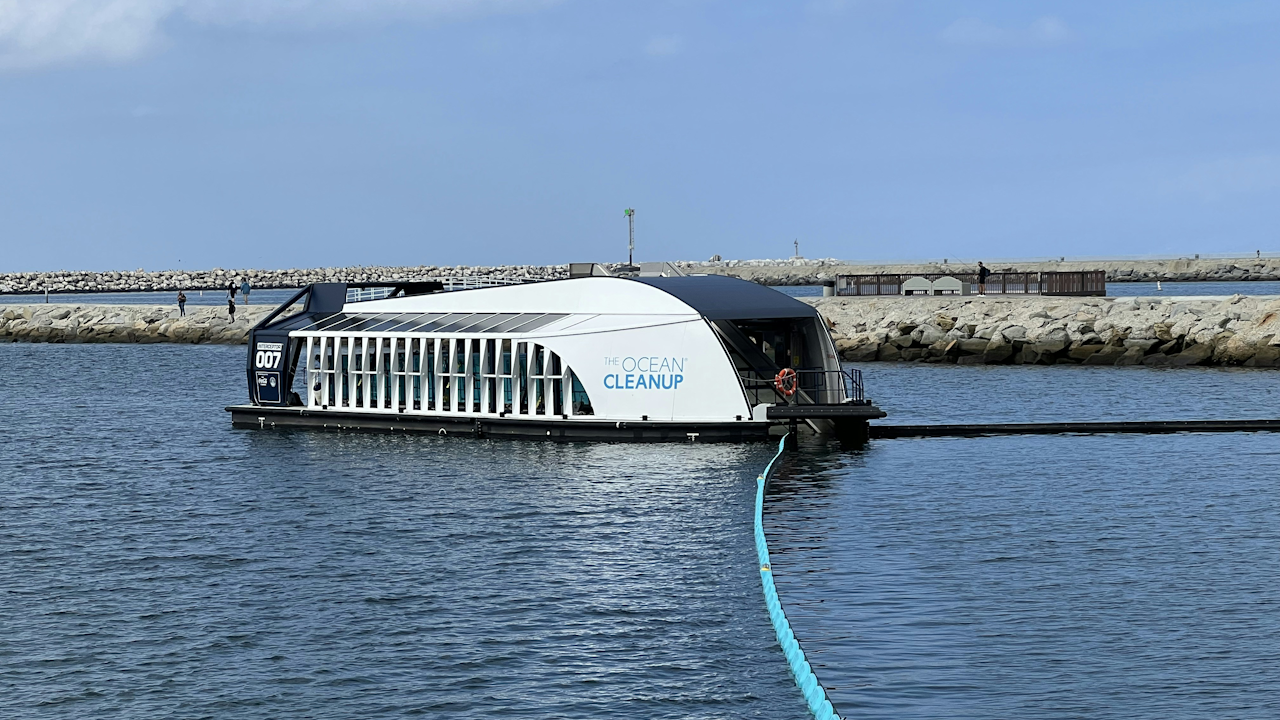The challenge of plastic pollution in the world’s oceans has become one of the defining environmental issues of the 21st century. An estimated 11 million metric tons of plastic enter the ocean each year, a figure projected to nearly triple by 2040 if current trends continue. This growing threat not only endangers marine ecosystems but also affects human health and economies reliant on clean, productive oceans. As awareness spreads, so too does the urgency for effective, scalable ocean cleanup solutions. Technological innovation has already provided some answers, but the future holds even more promise through advancements in robotics, artificial intelligence, biodegradable materials, and global cooperation.
One of the most visible and ambitious efforts to tackle ocean plastic is The Ocean Cleanup project, which deploys large-scale passive collection systems in ocean gyres, particularly in the Great Pacific Garbage Patch. These systems are designed to harness the natural movement of currents to gather floating debris. Looking forward, improvements in materials science and hydrodynamic modeling will likely make these systems more efficient and less costly. For instance, the development of lightweight, durable polymers for floating booms, coupled with advanced anchoring techniques, could enable longer deployments with minimal maintenance.
In addition to large-scale open-ocean systems, the future of ocean cleanup also lies in tackling the problem closer to its source. Rivers are the primary arteries through which land-based plastics reach the sea, and intercepting waste at this stage is far more practical and cost-effective. Technologies like The Ocean Cleanup’s “Interceptor” have shown promise—these solar-powered barges use conveyor belts and smart sensors to autonomously collect debris from rivers. Over the next decade, we can expect these systems to become more autonomous and adaptive, with machine learning algorithms enabling better detection of high-flow waste events or seasonal variations.
Artificial intelligence (AI) and robotics will play a transformative role in the next generation of cleanup efforts. Autonomous underwater vehicles (AUVs) and surface drones equipped with AI-powered vision systems can identify, track, and collect submerged and microplastics more effectively than current human-led operations. These systems can be networked together to form swarms—collaborative fleets of cleaning units that share data in real time and adapt their behavior based on environmental conditions. Such technology not only improves coverage but also reduces the labor and time required for cleanup missions.
Another promising area of development involves biomimicry and nature-inspired designs. Researchers are studying how organisms like manta rays and jellyfish move through water to develop machines that can navigate ocean currents more efficiently. In some cases, the future might not involve mechanical systems at all, but rather biological solutions. Certain engineered microbes are being explored for their ability to degrade plastics without producing toxic byproducts. If successfully scaled, these biological agents could be introduced into controlled environments, such as waste aggregation zones, to safely break down microplastics into harmless compounds.
Materials innovation will also be key. The shift toward biodegradable plastics that degrade more rapidly in marine environments could reduce the long-term impact of future pollution. However, cleanup still needs to address existing waste. To that end, innovations like magnetic nanoparticles that bind to microplastics—allowing them to be easily collected with magnets—could revolutionize how we deal with the most pervasive form of plastic pollution. Researchers are also working on filtration systems that can be retrofitted to boats, wastewater treatment facilities, and stormwater systems to capture microplastics before they ever reach open water.
Public-private partnerships and international cooperation will be essential to scaling these technologies. Ocean currents do not respect national borders, making pollution a truly global issue. Future cleanup efforts will need to be embedded within a larger framework of global governance, data sharing, and equitable funding. Initiatives like the United Nations Decade of Ocean Science for Sustainable Development (2021–2030) offer platforms for such collaboration, encouraging a coordinated approach to ocean research and conservation.
Funding and incentives will also shape the future landscape of ocean cleanup. The emergence of blue economy models—where the health of marine environments is directly linked to economic value—could drive investment in sustainable technologies. Companies may begin to see waste as a resource, incentivizing the development of circular economies where recovered plastics are upcycled into new products. Blockchain technology might be used to track and verify the origin and recycling path of recovered materials, ensuring transparency and accountability throughout the supply chain.
Education and community engagement will complement technological efforts. Smart cleanup devices embedded with sensors could provide real-time data on ocean pollution, which can be shared with the public through interactive platforms and apps. These tools will not only raise awareness but also mobilize local action, particularly in coastal communities most affected by marine debris. Citizen science programs, supported by user-friendly tools for monitoring and data collection, could become an integral part of the ocean cleanup ecosystem.
While no single solution will eliminate ocean plastic pollution, the convergence of multiple technologies and disciplines points to a future where cleanup efforts are more intelligent, efficient, and sustainable. Continued investment in research, infrastructure, and global cooperation will be necessary to turn this vision into reality. By combining human ingenuity with responsible stewardship, the next era of ocean cleanup technology can shift the tide—not just in reducing plastic waste, but in restoring the health of the world’s oceans for future generations.

